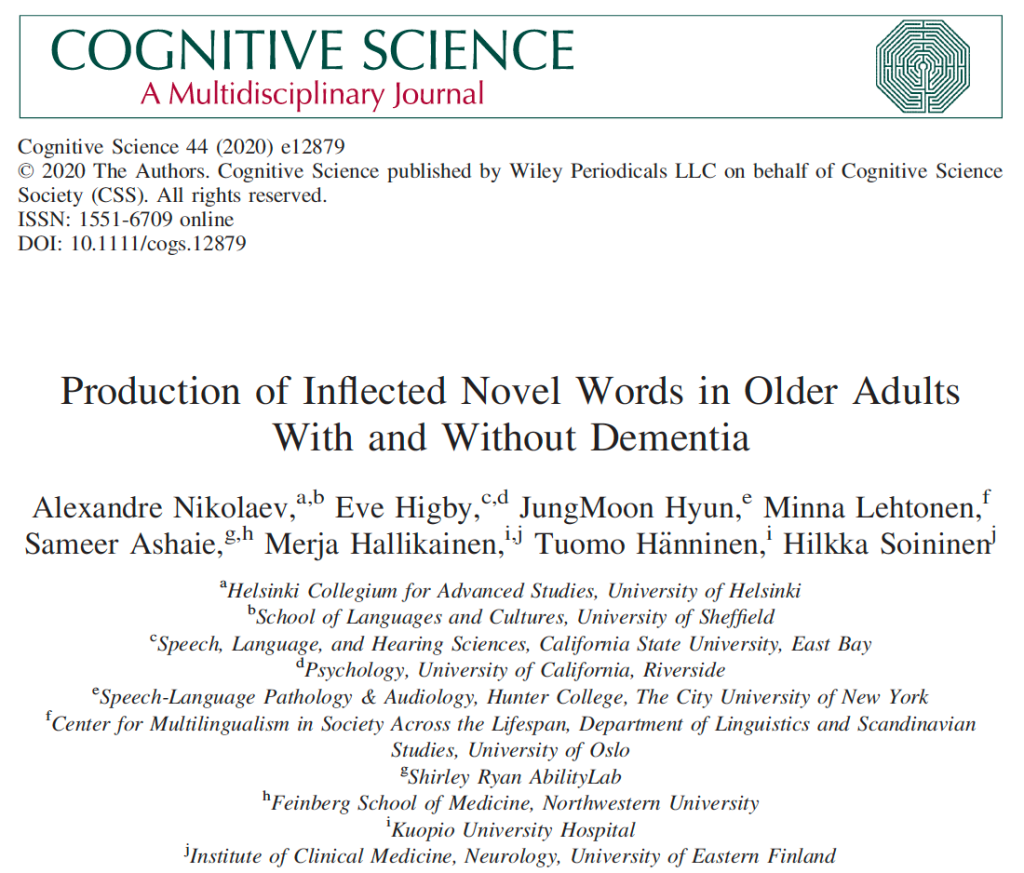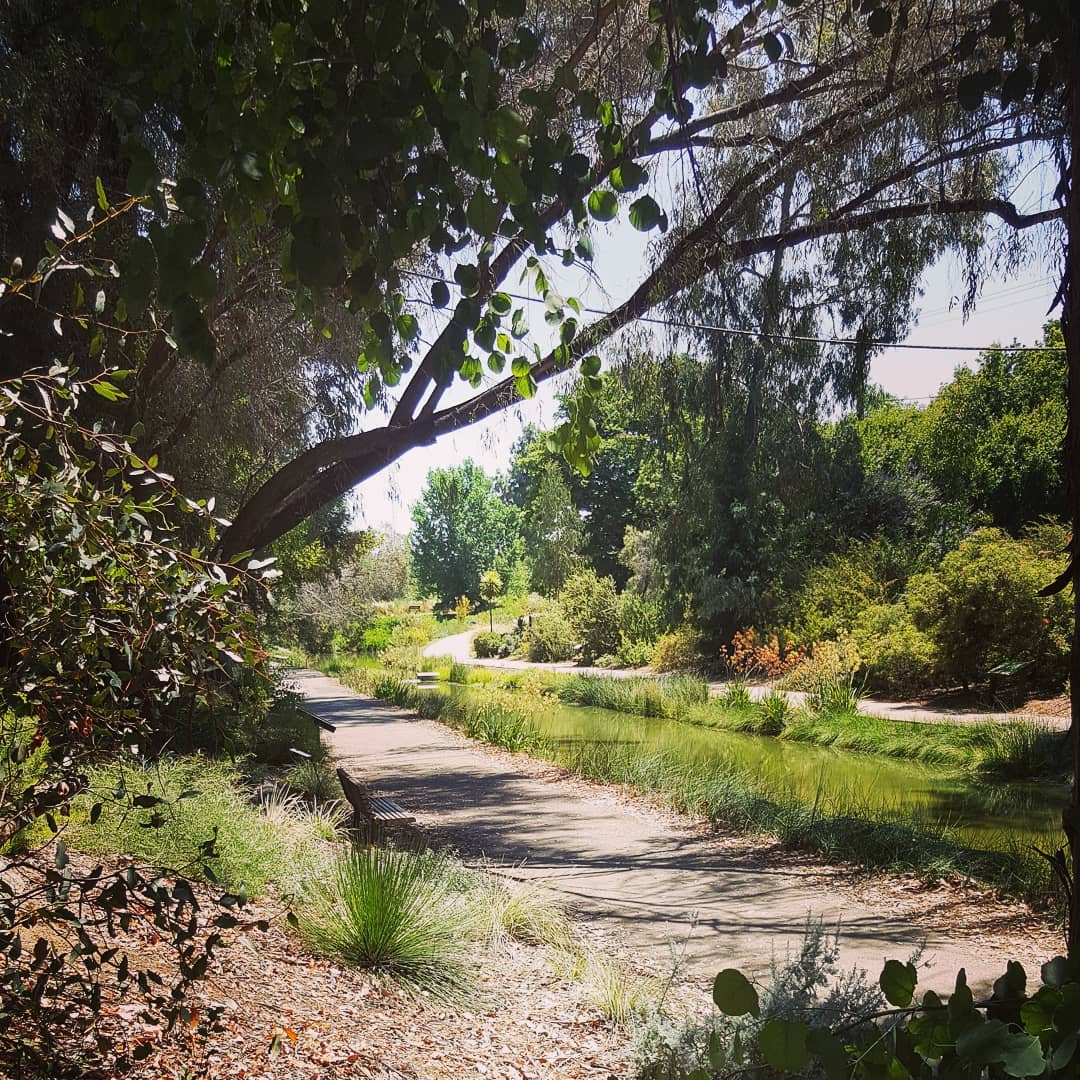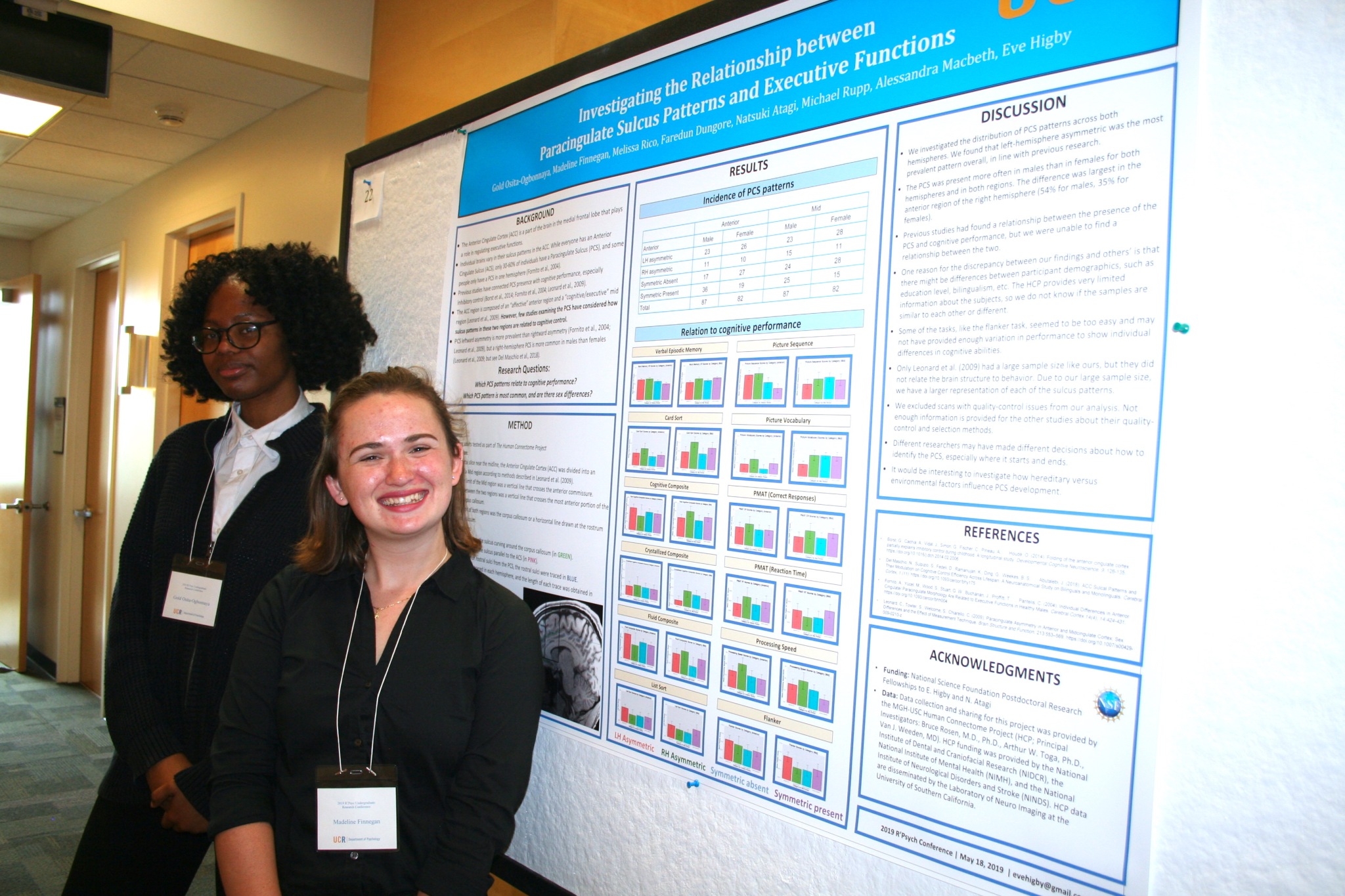I have had the pleasure of collaborating on a number of interesting projects the past few years. Here are some of the papers I have been involved in over the past two years.
Evidence for cognitive and brain reserve supporting executive control of memory in lifelong bilinguals with Alessandra Macbeth, Natsuki Atagi, and Christine Chiarello

This paper examines changes in brain structure in aging and its relationship to bilingualism and executive control. We report on the relationship between gray matter and white matter measures and resistance to proactive interference in younger and older bilinguals and monolinguals and find evidence for both cognitive reserve and brain reserve among older bilinguals.
The neural time-course of American English vowel discrimination by Japanese, Russian, and Spanish second-language learners of English with Valerie Shafer, Sarah Kresh, Kikuyo Ito, Miwako Hisagi, Nancy Vidal-Finnerty, Daniela Castillo, and Winifred Strange

This paper explores difficulties in English vowel discrimination for late bilinguals whose L1 is Spanish, Russian, or Japanese. Using neurophysiological and behavioral data, we found that L1 phonology played a significant role in the ability to contrast spectrally similar L2 vowels with L1 Spanish speakers showing the greatest difficulty.
Perceptual discrimination measure of non-native phoneme perception in early and late Spanish-English and Japanese-English bilinguals with Miwako Hisagi, Mike Zandona, Justin Kent, Daniela Castillo, Ingrid Davidovich, and Valerie Shafer

This is a follow-up study from the previous one (Shafer et al., 2021) that examined L1 Spanish and Japanese speakers’ discrimination abilities for L2 English vowels using an AXB discrimination task. In this study we compared early and late L2 English learners and found that early bilinguals evidenced better L2 vowel discrimination than late bilinguals. We are currently recruiting older adults from the same language groups to look at age-related changes and whether they intersect with language background for L2 speech perception.
The effect of second-language vocabulary on word retrieval in the native language with Seamus Donnelly, Jungmee Yoon, and Loraine Obler

This research investigated whether acquiring new words in a second language leads to interference or facilitation for their L1 translation equivalents. We found evidence for facilitation – when participants had acquired the L2 word, they were faster to retrieve the word’s translation equivalent in the L1 compared to words that they only knew in the L1 (no L2 translation equivalent had been learned).
Demographic effects on longitudinal semantic processing, working memory, and cognitive speed with Jet Vonk, Alexandre Nikolaev, Dalia Cahana-Amitay, Ron Spiro, Martin Albert, and Loraine Obler

This paper shows that age-related declines show different trajectories for language and cognitive tasks. Cognition declined linearly with age while language showed no decline until about 73-74 years of age. Although we found a positive effect of education on both language and cognitive abilities, education did not affect the rate of decline.
Production of inflected novel words in older adults with and without dementia with Alexandre Nikolaev, JungMoon Hyun, Minna Lehtonen, Sameer Ashaie, Merja Hallikainen, Tuomo Hänninen, and Hilkka Soininen

This paper reports on a study of morphological processing by Finnish speakers with mild cognitive impairment or dementia and age-matched healthy controls. The results from a speech elicitation task involving Finnish-conforming pseudo-words revealed that participants used a strategy of phonological resemblance to real words to decide how pseudo-words should be inflected. This supports single-route models of inflection rather than dual-route models.

















